Join the author, Néstor T. Carbonell, as he shares a critical analysis of the Castro-Communist regime
and explores the challenges and opportunities that will likely arise when freedom finally dawns in Cuba.
CHAPTER 4: In the Eye of the Storm: Denouncing the Takeover (1959-Mid-1960)
In the absence of an independent judiciary with ample authority to ifeguard individual rights, these and other related reforms would lead, believed, to the criminalization of political dissent. Life, liberty, and perty would hang on the whim of an omnipotent ruler. The 1959 «case of the airmen» was particularly shocking. Forty-four lembers of Batista’s air force, accused of war crimes, were brought to rial. When the tribunal acquitted them, a furious Castro ordered a atrial with a second, handpicked tribunal, which delivered thirty-year sntences. The defense counsel was dismissed from his post and disap-;ared, several witnesses were arrested, and the president of the first ribunal, who had fought with Castro in the Sierra Maestra and dared :quit the pilots, was found dead in his car with a 45-caliber bullet in his ;art. To close this woeful chapter, Castro proclaimed, «Revolutionary istice is based not on legal precepts, but on moral conviction.»
Deeply concerned by these developments, which were dismissed or wnplayed by most of the enraptured population, I wrote an article March 8, 1959, titled «The New Republic.» I called for the rule of law id for the full reinstatement of Cuba’s democratic 1940 constitution as Castro had pledged during the struggle against Batista. The article was carried by one of the few newspapers that dared to voice dissent (Diario de la Marina), headed by Jose Ignacio Rivero.
To my great surprise, Castro not only read my article but also rebutted its salient points in a speech he gave five days later—fertrtfhately without mentioning my name. He certainly didn’t want to give me any standing in the debate, for which I was grateful. Fidel said, «There are those who call for the rule of law. But which law?
The old law passed by the vested interests or the new revolutionary law that we are going to make? For the old law, no respect; for the new law, all our respect.» (I later traced Castro’s dialectical response, including his choice of words, to Marx’s defense in 1849 when he was indicted for inciting armed resistance against the Prussian tax authority.
As to my call for the full reinstatement of the 1940 constitution, Castro asserted that the constitutional power was now vested in the Revolutionary Council of Ministers (which he controlled) and that if any article of the constitution was «inoperative or too old … the [Council of Ministers] would modify … or replace it.»
CLASS WARFARE AND AGRARIAN REFORM
The message could not be clearer to me: the law of the land was Fidel’s will. Dictatorships under military chiefs or caudillos who ruled with an iron fist were not alien to Cuba and Latin America. But this one seemed to be different (certainly from Batista’s). It went beyond political censorship, coercion, and control and started to impinge on culture, traditions, economy, and business. I sensed a totalitarian bent in both sway and scope.
To neutralize resistance, particularly from the bourgeoisie, Castro unleashed, with volcanic intensity, class warfare—the most effective tool prescribed by Lenin to split, subvert, and subdue a nation from within.
Castro pursued this endeavor with bravura and gusto. To pave the way for the so-called agrarian reform, the first major step to controlling the economy and abolishing private property, he pitted the poor peasants and small farmers, to whom he promised the title to the land they tilled, against the sugar growers and cattle ranchers, who were vilified as a class. No distinction was made between the ravenous and the socially responsible entrepreneurs, between the absentee landowners and the hands-on producers.
The Agrarian Reform Law that was published in May 1959 was not the largely balanced and harmonious law proposed by Castro’s minister of agriculture, which would have boosted productivity, ensured a fair and orderly land adjustment process, and obtained the support of the business community. The promulgated law was drafted, we later learned, by a «shadow government» created by Fidel comprised of trusted Communists who were charting the course of the revolution. Their objective was not socioeconomic development following liberal tenets but a phased Marxist-Leninist systemic change disguised as «humanism.»
On May 24, 1959, the National Cattle Ranchers Association held a major conference in Havana to discuss the implications of the law and agree on next steps. I attended the conference, representing my grandfather Cortina, former president of the association, who was ill. Although I had thoroughly studied the law in the light of other revolutionary precedents, I was not planning to address the assembly. I changed my mind when I realized that the speakers, whether by fear or confusion, were dodging the core issue. They focused on isolated articles of the law and not on the collectivist mold on which it was cast.
In my impromptu speech, I zeroed in on the so-called National Institute of Agrarian Reform, a gigantic state agency with unlimited power to control and strangle the agro-industrial private sector. Following an analysis of the law, including what it didn’t explicitly say but implied, I warned the cattle ranchers that under the newly created superagency, they would not really have rights to their businesses but only revocable concessions.
I pointed out that the land they would be allowed to keep would eventually be grabbed by the state without recourse. As to the government bonds that were promised as compensation for the expropriated land, I said they would be worthless if issued (and they were not ever issued). Finally I argued that the proclaimed beneficiaries of the Law-the peasants and small farmers—would be dragged into state cooperatives or communes and never receive the title to the apportioned land. (Sadly, my grim forecast turned out to be true.)
Stressing that the Agrarian Reform Law, if not substantially modified, would deal a death blow to private property and free enterprise and would place Cuba on the path to serfdom, I ended my remarks with this plea: «Cattlemen of Cuba, I urge you to join forces with the other economic and business sectors to defend the democratic principles and liberal traditions that this law would destroy. Cattlemen of Cuba, stand up and be counted, for if you do not rise, you will be crushed by the uncontainable avalanche of state interventionism!»
I received a standing ovation. Still, some subsequent speakers sniped at me, dismissing my warning as juvenile, rash, and unfounded. They thought that the government would soften the law or grant sweet deals to those who quietly genuflected. As I saw it, the blind and the spineless—enablers of tyranny throughout history—were unwittingly nailing their own coffins. Other organizations and institutions also had their share of shortsighted sycophants.
The president of the Cattle Ranchers’ Association, Armando Cainas-Milanes, and other prominent cattle ranchers, however, did not side with the appeasers. They realized that the central issue was not acres of land, more or less, but free enterprise. The threat we faced was a gargantuan state not bound by law that would constantly expand its sphere of control.
Unable to stem the interventionist tide sweeping away individual rights, Cainas-Milanes became one of the leaders of the first major conspiracy against the regime, which was aborted in mid-August 1959 and landed he and his coconspirators in jail.
I was not involved in the conspiracy, but given my speech, my articles, and my relationships with some of the plotters (including my twenty-eight-year-old cousin, former city councilman Eddy Arango), I was detained and taken to army headquarters. I barely escaped arrest, possibly because the captain who interrogated me was not a hard-liner and had bigger fish to fry. Still, it was a close call, one that prompted me to lower my profile and leave no trail. I knew I would be closely watched.
The situation in Cuba had become very dangerous for any dis-lter, particularly after two of the revolution’s hierarchs dared to raise le issue of Communist infiltration. The first one was Castro’s chief of le air force, Major Pedro Luis Diaz-Lanz. He defected in June 1959, escaped to the United States, and denounced Castro’s Red plot when he ;stified at a Senate subcommittee hearing. The second was Cuba’s president Manuel Urrutia, having expressed a couple of interviews his opposition to communism. In July, he was forced to resign and seek diplomatic asylum following a ferocious attack by Castro on television—perhaps the first known case of a TV.
Fidel, who in February had assumed the role of prime minister nth unlimited power, replaced Urrutia with a trusted Marxist, Osvaldo Dorticos.
MARXIST-LENINIST TREND
Despite these alarming developments, many still fell for Castro’s cha-ide: although he was not a Communist, he claimed, he could not allow «counterrevolutionary traitors» to raise the specter of communism to istify US aggression. Even well-educated compatriots did not yet discern the Marxist-Leninist trend of Castro’s revolution.
To open their eyes, I wrote in mid-1959 a sixty-page paper titled rhere Are We Headed?» It pierced the veil of Fidel’s deception and brought to light the stark similarity between the steps prescribed by Marx and Lenin for a Communist takeover and the pivotal measures adopted by Castro during the first eight months of his regime.
The side-by-side comparison first pointed to the concentration of power (single party headed by an absolute ruler) and the progressive curtailment of individual rights by fiat and diffuse terror. The comparative analysis then turned to class warfare, pitting the underprivileged and resentful against the well-off to split the nation and cripple resistance. Then came collectivization of the economy through confiscatory taxes, staged labor unrest, and expropriations without compensation-all aimed at controlling and eventually abolishing private property anc free enterprise.
Finally the analysis covered the conditioning of minds and hearts through orchestrated mass rallies, incessant propaganda with catchy slogans, Marxist indoctrination (subtle at first), and a permanent state of emergency to fend off the «vile [American] imperialists» and justify the regimentation of society.
Fragments of this paper were published without my name in Diario de la Marina, which waged a courageous anti-Communist campaign until it was assaulted and closed by the government several months later. I distributed copies of the document to select members of the emerging resistance movement, and a friend delivered an English version to the US Embassy. I was hoping it might awaken Washington to the threat posed by the Castro regime and induce the State Department to change the Cuba policy of patience and forbearance.
Little did I know that the architect of that policy was the US ambassador in Havana, who was not particularly concerned about Fidel. He actually stated in an August 2, 1959, cable to the State Department that the Castro regime «is, in many respects, the most hopeful… Cuba has ever had.»
Why did this viewpoint prevail in Washington during most of 1959, while Castro was laying the foundations of his Marxist-Leninist regime and systematically excoriating the United States? And what accounted for the policy change in early 1960 that led to the Bay of Pigs? Fresh or previously glossed-over information has shed light on these perplexing questions.
US POLICY OF PATIENCE
AND FORBEARANCE
Bowing to the larger-than-life bearded leader (despite the alarming issues raised at President Eisenhower’s December 23, 1958, summit on Cuba), the State Department rushed to recognize the Cuban revolutionary government on January 7, 1959, even before it was duly constituted. And to please the new ruler, Washington promptly replaced Ambassador Earl E. T. Smith, who had repeatedly warned of the Communist threat posed by a Castro takeover.
The new appointee, viewed by some as an exemplar of courtliness and soft diplomacy, was Philip W. Bonsai, a tall, polished, fifty-six-year-old foreign service veteran with a liberal reputation and a sedate personality. Early in his career he had spent some time in Cuba working for a US company and later as an embassy staffer. He also was fluent in Spanish.
Confident after his first meeting with Castro that he could work with him if Washington did not interfere with his popular revolution, Bonsai strongly advocated «continuance of the US policy of hopeful and watchful wait and see.»
His recommendation was upheld at the State Department regional meeting with US ambassadors in El Salvador, beginning April 8. Not everyone at this important conference embraced that policy. The clear-eyed US ambassador to Mexico, Robert C. Hill, very familiar with Castro’s background and trajectory, argued forcefully that there was enough intelligence on Castro’s Communist entanglement to alert Latin American governments to the looming danger and jointly take appropriate action to forestall it.
When Hill indicated that he would not go along with a communique that whitewashed Castro, Bonsai haughtily remarked, «If you cannot be a team player, why not resign?» Hill fired back: «It [is] not up to Mr. Bonsai to deal with my resignation [but] up to the president and the secretary of state.»
The only other ambassador who dared to support Hill’s position was Whiting Willauer, US envoy to Costa Rica. Though assigned to a small country, he was no lightweight. Packing impressive acadcfnic credentials (Exeter, Princeton, and Harvard Law), fluency in four languages, and vast experience in legal, diplomatic, and Cold War affairs.
Willauer was deeply worried about the progressive Castro-Communi control of Cuba. He viewed it as a clear and present danger.
On January 26, 1959, he had shared his concern with his friend Jose Figueres Ferrer, the short but gutsy former president of Costa Rica who had supported the Castro insurgency with arms and ammunitions, and urged him to weigh in, along with other leaders of the «Democratic Left» who also had helped to put Fidel in power. Willauer was referring to the newly elected president of Venezuela, Romulo Betancourt, and the governor of Puerto Rico at that time, Luis Munoz Marin.
After consulting with his Latin American confreres, Figueres agreed to approach Castro at the earliest opportunity. Invited by Fidel to attend a major labor rally in late March, Figueres flew to Havana and tried to meet with him beforehand, but the Maximum Leader had no time for him. Figueres did not take that as a snub. In the spirit of camaraderie, he arrived at the rally clad in his revolutionary attire—the overseas cap, khaki shirt, and trousers he had worn to fight the forces of tyranny in his country—and was greeted by the crowd with an ovation.
The climate changed dramatically, however, when in the course of his laudatory speech Figueres broached a delicate but, in his mind, defining issue. He essentially framed it this way: «Whatever you may feel about liberalism or communism, there is a Cold War going on, and Latin America must be on the side of the US and against Russia in a showdown between those two sides.»
Pandemonium broke out when he uttered those words. I watched the televised rally in astonishment as the Cuban labor chief, David Salvador, grabbed the microphone away from Figueres and blasted him. Then Fidel took over and humiliated the former Costa Rican president, accusing him of being a reactionary and a false friend with intolerable imperialist tendencies. Relentless in gushing vitriol, he then thrashed US corporations, which in their greed, he claimed, had killed more Cubans than had Batista.5
Upon his return to San Jose, Figueres commented to Willauer: «We have no doubt that this matter [the Castro revolution] is a Communist
matter …; if it is not already, it is about to be.» Ambassador Bonsai did not see it that way. He attributed the serious incident not to ideology or allegiance but simply to Fidel’s «extreme sensitivity to advice even from a friendly source.»6
| Castro’s Trip to the United States (April 1959)
Nothing that Castro did or said during the first four months of his sweeping revolution seemed to have marred his visit to the United States, which he adroitly turned into a charm offensive. Invited by the American Society of Newspaper Editors to deliver a keynote address, he arrived in Washington donning his signature olive-green fatigues and high black boots, and was besieged by photographers and reporters and hailed by his ecstatic admirers.
He told the Society of Newspaper Editors and other audiences in Washington and New York basically what they wanted to hear: that he was not a Communist; that his revolution was «humanistic»; that he welcomed foreign investments and would not confiscate American properties; and that he would respect the freedom of the press—»the first enemy of dictatorships,» he proclaimed—and hold open elections.
Even though Castro arrived with his entire economic team, he left with empty pockets. Had the US government turned its back on him, offering no financial assistance to the revolution? And was this seeming rebuff, as many «blame America» observers alleged, one of the main reasons why Castro turned to the Soviets for support? Rufo Lopez-Fresquet, Cuba’s minister of finance who accompanied Fidel during the trip, put this myth to rest when he defected two years later.
Lopez-Fresquet disclosed what actually happened: «[Fidel] warned me as we left Havana not to take up Cuban economic matters with the [US] authorities. … At various times during the trip, he repeated the warning. That is why, when I visited the then secretary of the Treasury, Robert B. Anderson, I did not respond to the American
official’s indications that the United States was favorably disposed ward aiding our country.
«Also, for this reason,» continued Lopez-Fresquet, «when I changed views with Assistant Secretary of State for Latin Americ Affairs Roy Rubottom, I feigned polite aloofness to his concrete stat ment that the US Government wished to know how and in what fo it could cooperate with the Cuban Government in the solution of the most pressing economic needs.»7
Lopez-Fresquet explained why Castro did not seek, or accept, US aid. «If the US had helped Cuba, he could never have presented the Americans as enemies of the revolution.» Felipe Pazos, president of the National Bank of Cuba, who also accompanied Fidel and was barred by him from pursuing the International Monetary Fund’s overtures, concurred with Lopez-Fresquet’s views.
During the trip, not everyone was totally convinced that Castro and his revolution was not Communist. One of those who harbored some doubts was Vice President Richard Nixon, who privately met with Fidel in Washington for more than two hours. According to a summary of the conversation filed by the State Department (April 1959), Nixon noted that «Castro was either incredibly naive about communism or under Communist discipline.» His guess, however, was the former. In any case, he concluded, «We have no choice but at least to try to orient him in the right direction.»
A high-level CIA official who secretly met with Fidel in New York did not share Nixon’s ambivalence. The official was the German-born CIA veteran Gerry Droller (alias Frank Bender), who later formed part of the task force that spearheaded the Bay of Pigs operation. After Droller’s three-hour meeting with Castro, arranged by Rufo Lopez-Fresquet, Droller went to Rufo’s hotel suite «in a state of euphoria. He asked for a drink, and with great relief exclaimed: ‘Castro is not only not a Communist, but he is a strong anti-Communist fighter.'»8
It seems that Droller bought Fidel’s spiel (the same that had bewitched Rufo): «I am letting the Communists stick their head out so I
11 know who they are. And when 1 know them all, I’ll do away with them, with one sweep of my hat.»
[Castro’s Shadow Government
The contention that Castro did not have a Communist game plan when he visited the United States, which most historians still hold, is contradicted by reliable testimonies. Juan Vives (a nom de guerre), a well-informed Castro secret service defector now residing in France, wrote: «On March 3, 1959, at the offices Che Guevara had at La Cabana [fortress], Fidel Castro held a private meeting with Fabio Grobart, the Comintern’s secret envoy to Cuba since 1927. … This truly secret conference went on from 2:45 to 5:30 in the morning. I recall the date and time because that day I was on duty and I recorded all those details on the registry. The next morning, Che tore the page with the annotations and told me not to make any comments.»9 Vives further disclosed that following this meeting, five Cuban Communist leaders left for the Soviet Union and Red China on a secret government mission.
The most startling revelation, however, was that, unbeknownst even to his own Council of Ministers, Castro had operated a shadow or parallel government with the Communists from the time he took power—an undercover scheme akin to his ideology and duplicitous personality. As confirmed by Fidel’s biographer Tad Szulc, based on extensive interviews in Cuba, this secret network functioned on two levels simultaneously.
On one level were the old Communist hierarchs (including the wily Fabio Grobart) who dealt primarily with the phased and bumpy integration of Castro’s 26th of July Movement and the Socialist Popular (Communist) Party. The process, which gave rise to purges, clashes, and defections along the way, reached its first official milesttmCin 1961 with the formation of the Integrated Revolutionary Organizations.
Bias Roca, the historic leader of the Socialist Popular (Communist) Party, commented to Szulc that when they secretly met with Castro to
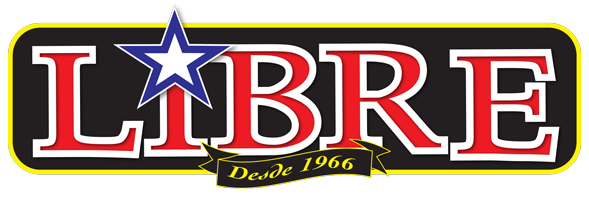
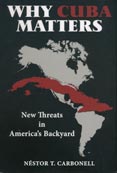

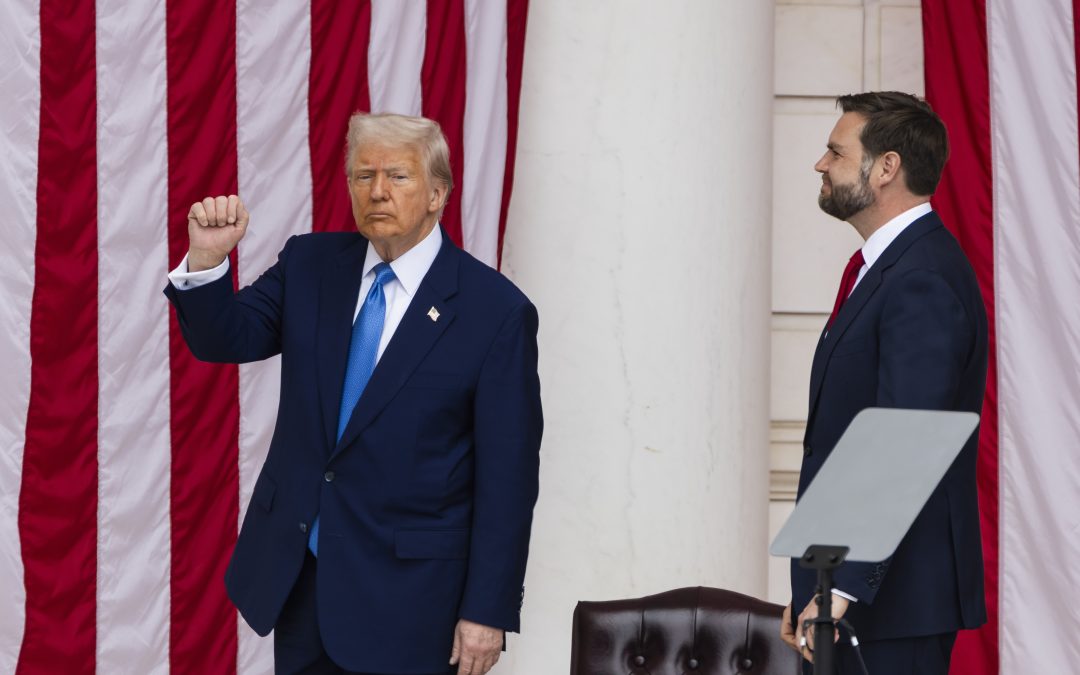
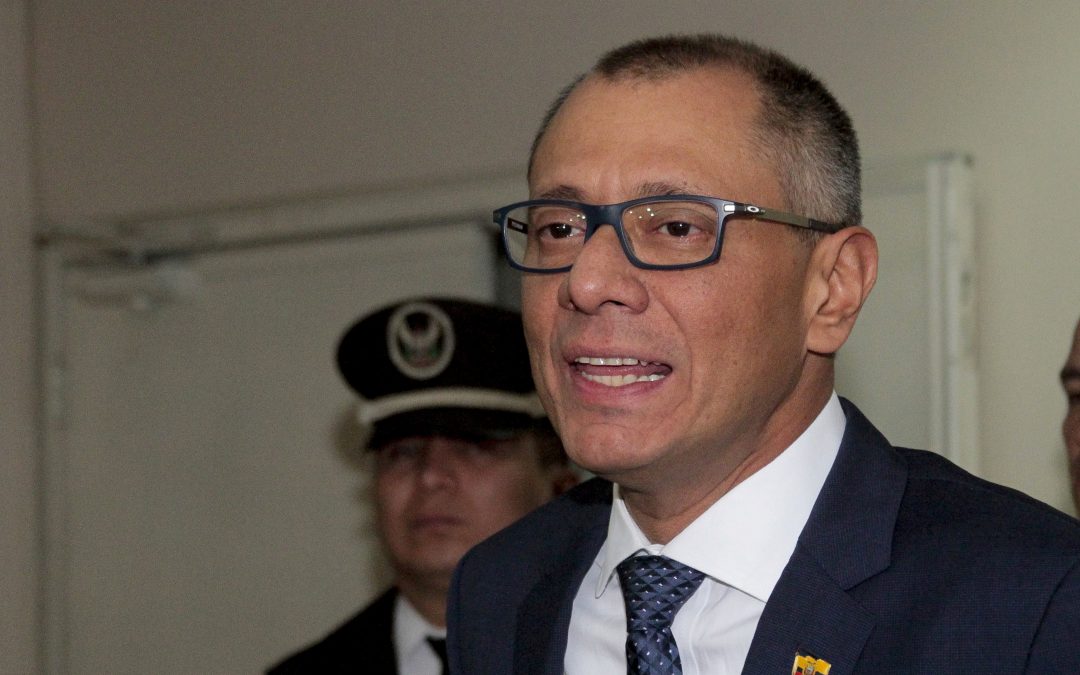
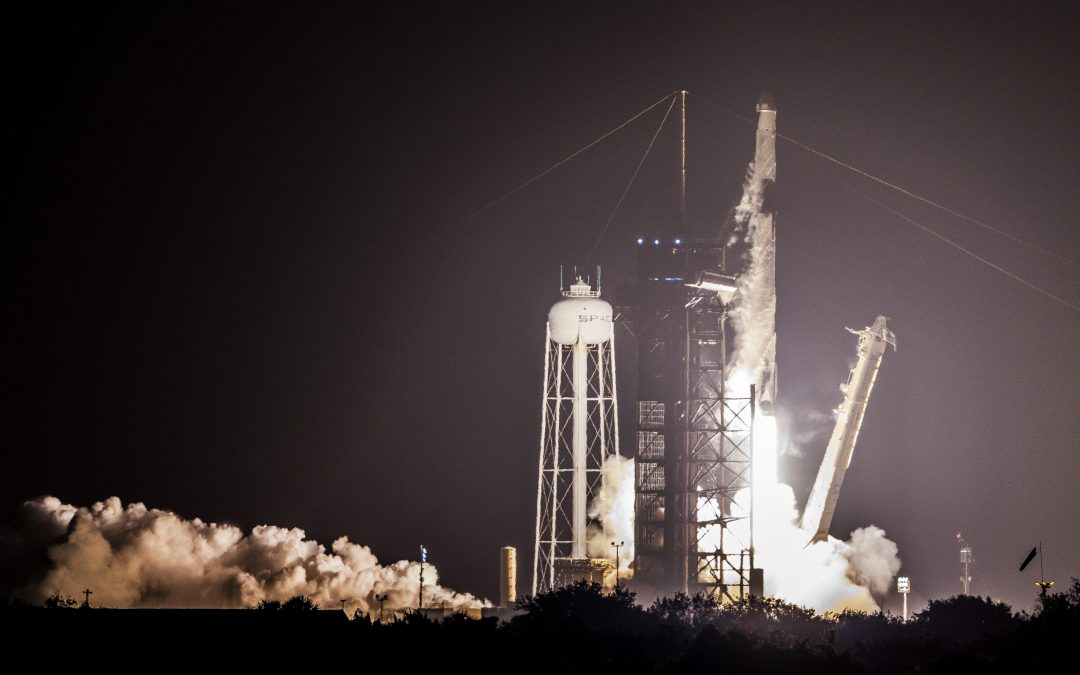
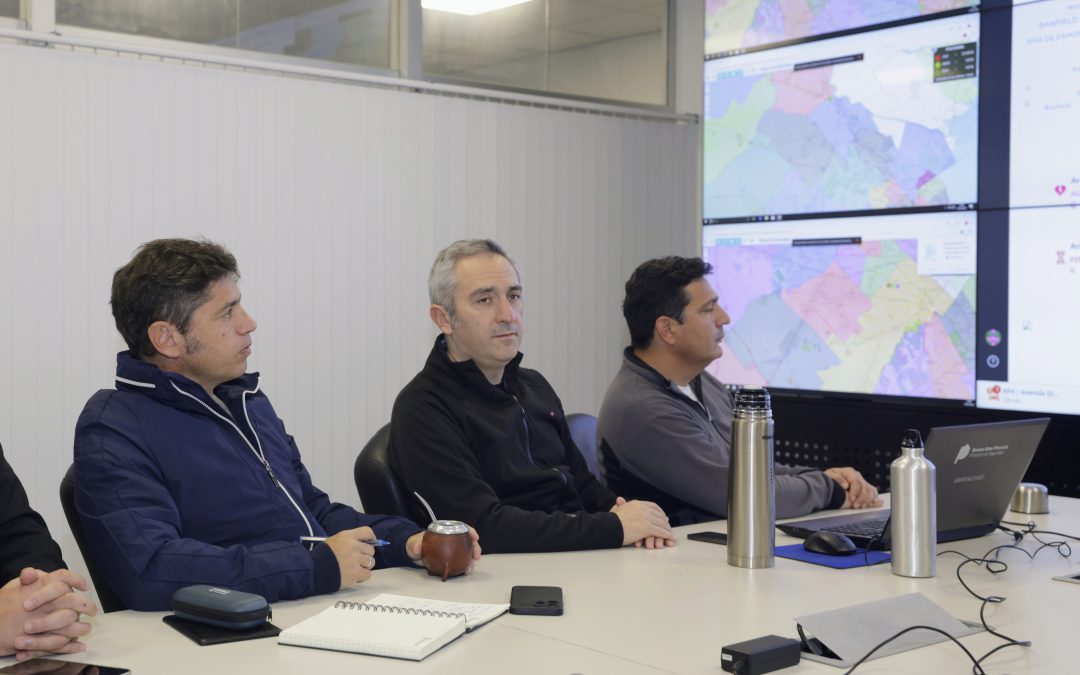

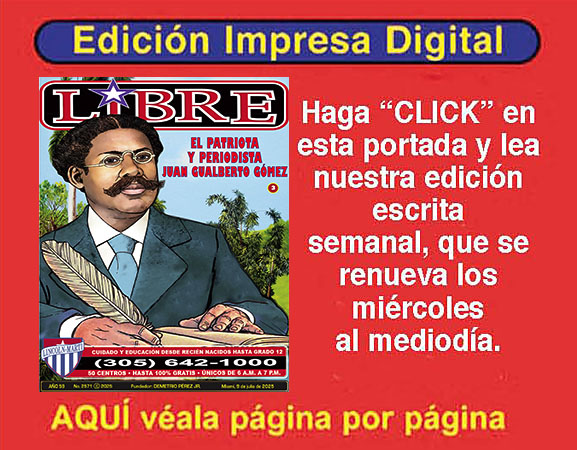

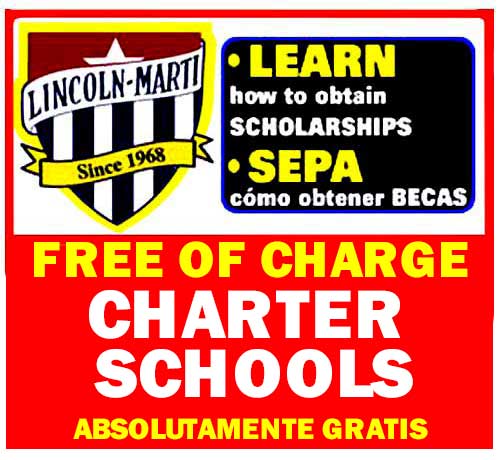
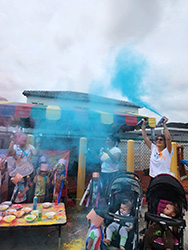
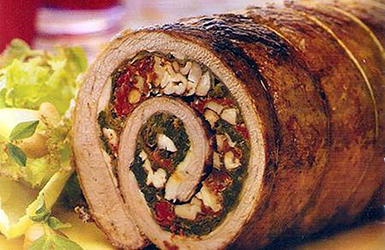
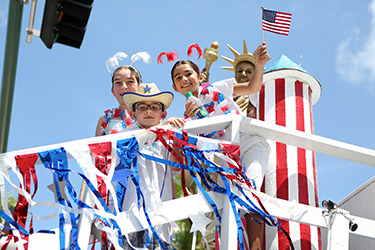
0 comentarios